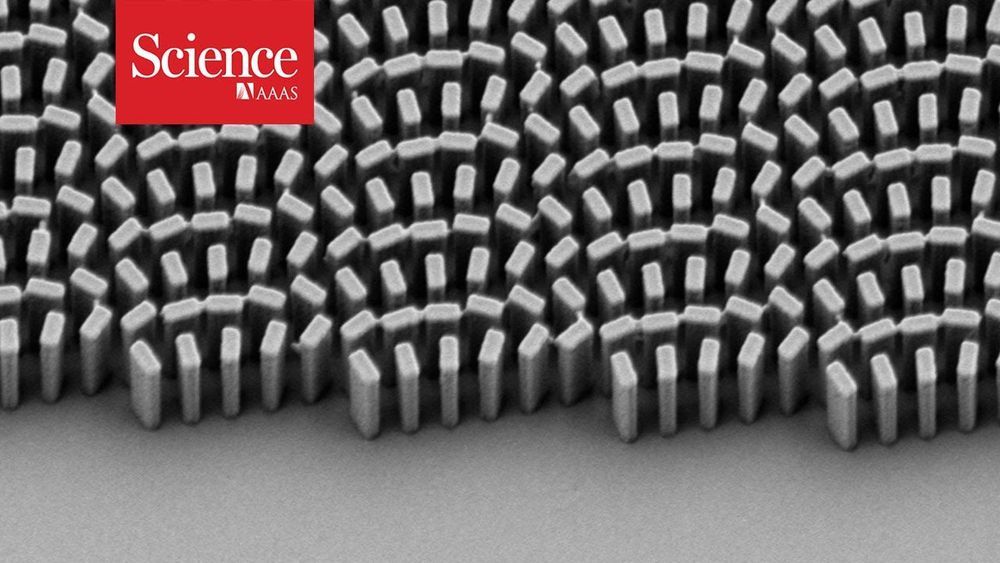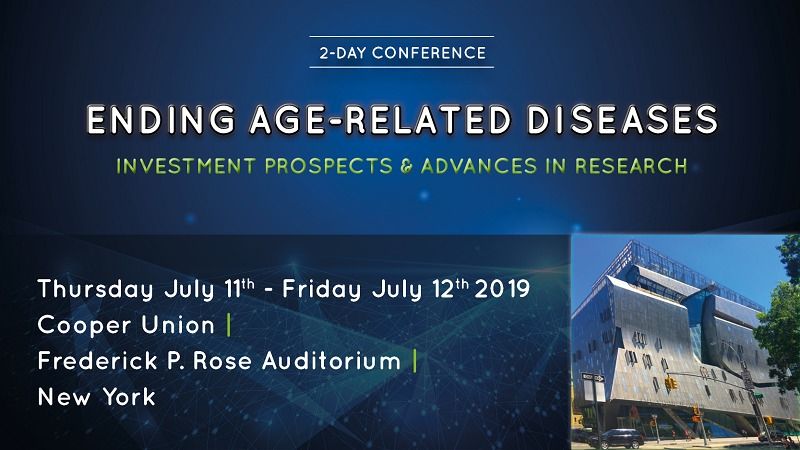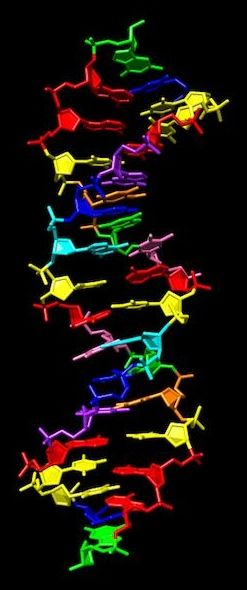Page 9088
Feb 22, 2019
Ron Howard Grew Up on TV. Now He’s Tackling the Science of Aging
Posted by Montie Adkins in categories: life extension, science
The points he makes here are things many of us have told people many times over and now it will be part of a tv show for mainstream audiences.
He’s executive producer of the National Geographic Channel’s “Breakthrough” series, exploring scientific fields on the brink of discovery.
Feb 22, 2019
Breastmilk microbiome linked to method of feeding
Posted by James Christian Smith in category: biological
The idea that breastmilk has a microbiome (or microbiota)—a community of bacteria living within it—is relatively new and has sparked debate about where breastmilk bacteria come from. Some scientists believe breastmilk bacteria originate in the mother’s gut while others believe they are transferred to the mother from the infant’s mouth during breastfeeding.
New research from the CHILD Cohort Study—an ongoing birth cohort study involving thousands of Canadian children and their families—has shed some light on this question by highlighting the importance of the infant’s mouth as a source of breastmilk bacteria.
The study, published today in Cell Host & Microbe, found that among the many factors examined, the method of breastfeeding—whether mothers fed their infants directly at the breast or fed them pumped breastmilk from a bottle—was the most consistent factor associated with the milk microbiota composition.
Continue reading “Breastmilk microbiome linked to method of feeding” »
Feb 22, 2019
Life probably exists beyond Earth. So how do we find it?
Posted by Klaus Baldauf in category: space
With next-generation telescopes, tiny space probes, and more, scientists aim to search for life beyond our solar system—and make contact.
Feb 22, 2019
Ending Age-Related Diseases Conference: February Update
Posted by Steve Hill in categories: biotech/medical, business, life extension
July 2019 will see the launch of our second Ending Age-Related Diseases conference at the Frederick P. Rose Auditorium, Cooper Union in New York City. The event was so popular last year that we decided to expand it to two full days of science and biotech business this year.
We will be bringing you the latest aging research, investment, and business knowledge from some of the top experts in the industry. We will be packing two days full of talks from and discussion panels with the people who are developing the technologies that could change the way we regard and treat aging forever.
With just over a month left to grab a lower-cost early bird ticket for the event, we thought that it would be a good opportunity to take a look at what we have in store. We have already announced lots of inspiring speakers from the research and business sectors of the industry, and here are just a few of them.
Continue reading “Ending Age-Related Diseases Conference: February Update” »
Feb 22, 2019
We need better laws to protect the rights of future frozen cryonicists
Posted by Zoltan Istvan in categories: cryonics, law, life extension
Here’s an important story I wrote on #cryonics for Quartz about a recent tragedy of a young girl and society’s reluctance to give people rights after death. I think something like “Danielle’s Law” could be important moving forward:
Cryogenics is facing legal hurdles for people who want their bodies to be frozen for the future.
Feb 22, 2019
Video: Glitter-sized ‘metalenses’ may soon power your smartphone camera
Posted by James Christian Smith in categories: computing, mobile phones

Glass lenses, used in everything from smartphone cameras to microscopes, are bulky, heavy, and expensive. Now, a team of U.S. researchers has created high-power lenses from thin, flat arrays of nanosized towers of titanium dioxide that are thinner than a sheet of paper. The novel lenses are made from so-called metamaterials, engineered to control the way in which light waves interact (above). In this case, they are able to focus light across the visible spectrum. The setup allows them to magnify images up to 170 times with high resolution, as good as conventional state-of-the-art optics, the researchers report today in. The new lenses also have the potential to be fabricated—at much lower cost—with standard computer chip–making techniques. As a result, devices such as phones, tablets, and microscopes may soon be built with smaller, and cheaper, metalenses.
Feb 22, 2019
MIT says proton’s core generates pressure higher than inside a neutron star
Posted by Genevieve Klien in category: physics
Physicists at MIT have for the first time calculated the pressure distribution inside a proton. One incredible finding by the researchers is that the core of a proton generates pressures greater than what’s found inside a neutron star. That discovery is so incredible because a neutron star is among the densest known objects in the universe.
Feb 22, 2019
Hachimoji DNA doubles the genetic code
Posted by Genevieve Klien in categories: bioengineering, biotech/medical, evolution, genetics
Researchers in the US have built an “alien” DNA system from eight building block letters, so expanding the genetic code from four and doubling its information density. The new system meets all of the requirements for Darwinian evolution and can also be transcribed to RNA. It will be important for future synthetic biology applications and expands the scope of molecular structures that might be capable of supporting life, both here on Earth and more widely in the universe.
One of the main characteristics of life is that it can store and pass on genetic information. In modern-day organisms, this is done by DNA using just four building blocks: guanine, cytosine, adenine and thymine (G, A, C and T). Pairs of DNA strands form a double helix with A bonding to T and C bonding to G.
Four more building blocks .

















